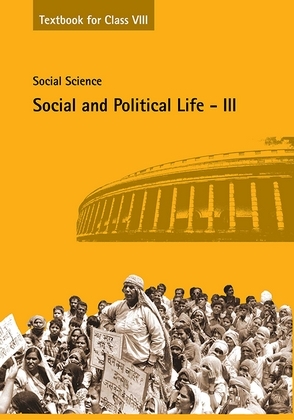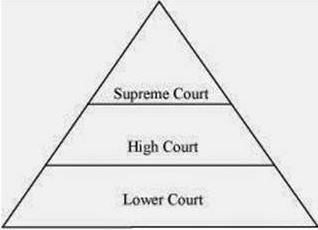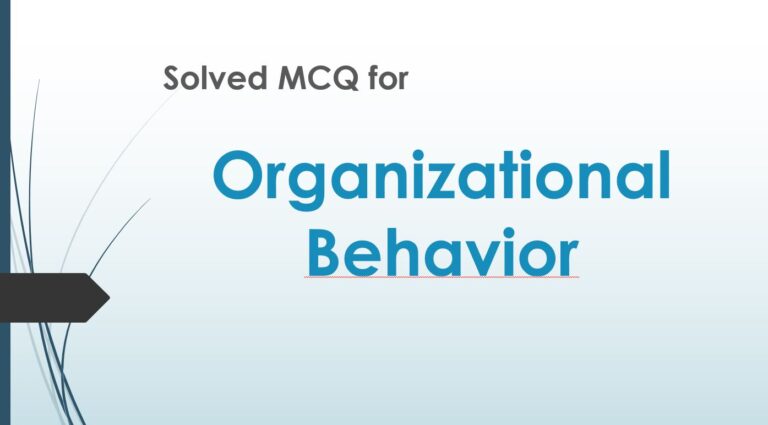Class 8 - Social Science - Social And Political Life III
Chapter 5 - Judiciary

Top Block 1
Question :1. You read that one of the main functions of the judiciary is ‘upholding the law and Enforcing Fundamental Rights’. Why do you think an independent judiciary is necessary to carry out this important function?
Answer :
The independence of the judiciary allows the courts to play a central role in ‘upholding the law and Enforcing Fundamental Rights’ as it ensures that there is no misuse of power by the legislature and the executive. Anyone can approach the courts if they believe that their rights have been violated and Politicians or other socially powerful people cannot use their power to change any judgement.
Question :2. Re-read the list of Fundamental Rights provided in Chapter 1. How do you think the Right to Constitutional Remedies connects to the idea of judicial review?
Answer :
The Right to Constitutional Remedies allows an Indian citizen to move the court if he feels that any of his or her Fundamental Rights has been violated by the State. As the final interpreter of the Constitution, the judiciary has the power to review or even strike down any particular law passed by the Parliament if it believes that this law violates the basic structure of the constitution, which is called judicial review. In this way we find that the Right to Constitutional Remedies given in the Fundamental Rights is directly connected and supported by the idea of judicial review.
Question :3. In the following illustration, fill in each tier with the judgments given by the various courts in the SudhaGoel case. Check your responses with others in class.

Answer :
Lower Court (Trial Court): Laxman, his mother Shakuntala and his brother-in-law Subhash Chandra were sentenced to death
High Court: Laxman, Shakuntala and Subhash Chandra were acquitted.
Supreme Court: Laxman, Shakuntala were given life imprisonment while Subhash Chandra was acquitted for lack of sufficient evidence.
Question :4. Keeping the SudhaGoel case in mind, tick the sentences that are true and correct the ones that are false.
(a) The accused took the case to the High Court because they were unhappy with the decision of the Trial Court.
Answer :
True
Question :(b) They went to the High Court after the Supreme Court had given its decision.
Answer :
(b) They went to the High Court after the Trial Court had given its decision.
Mddle block 1
Question :(c) If they do not like the Supreme Court verdict, the accused can go back again to the Trial Court.
Answer :
(c) If they do not like the Supreme Court verdict, the accused cannot go back again to the Trial Court since the Supreme Court is at the highest rung of the judiciary pyramid.
Question :5. Why do you think the introduction of Public Interest Litigation (PIL) in the 1980s is a significant step in ensuring access to justice for all?
Answer :
The introduction of Public Interest Litigation (PIL) in the 1980s is a significant step in ensuring access to justice for all because it also keeps in mind the interests of the illiterate and poor who are not educated enough or cannot afford to access the Indian legal system for justice against exploitation or violation of their basic human and Fundamental Rights.
Question :6. Re-read excerpts from the judgment on the Olga Tellis vs Bombay Municipal Corporation case. Now write in your own words what the judges meant when they said that the Right to Livelihood was part of the Right to Life.
Answer :
In Olga Tellis vs. Bombay Municipal Corporation case, the judges said that the Right to Livelihood was part of the Right to Life. They stated that life does not merely imply an animal existence; it cannot be lived without a means of living, that is, “the means of livelihood”. The judges conferred that eviction from a pavement or slum is deprivation of means of livelihood for the poor who cannot afford to live anywhere else. They take up small jobs in surrounding areas and to lose their pavement or slum would lead to loss of a job resulting in loss of a means of livelihood. Consequently, leading to “deprivation of life”. This is how the judges connected Right to Livelihood to the Right to Life.



